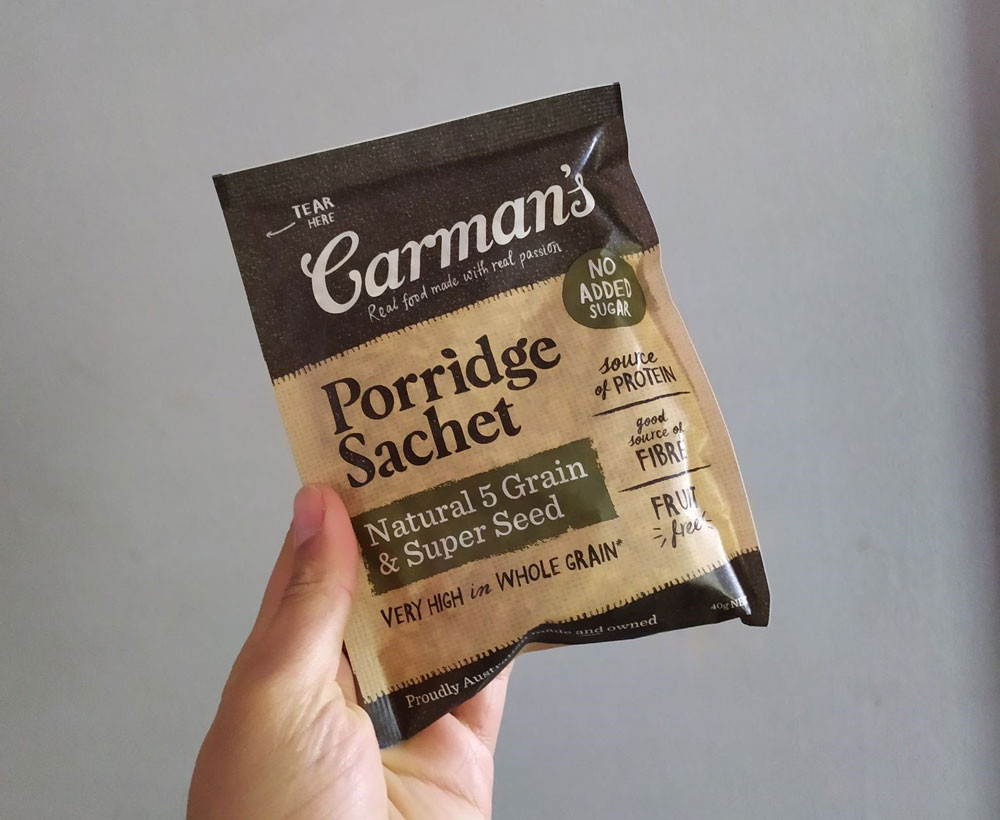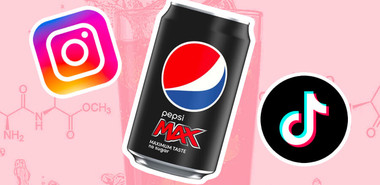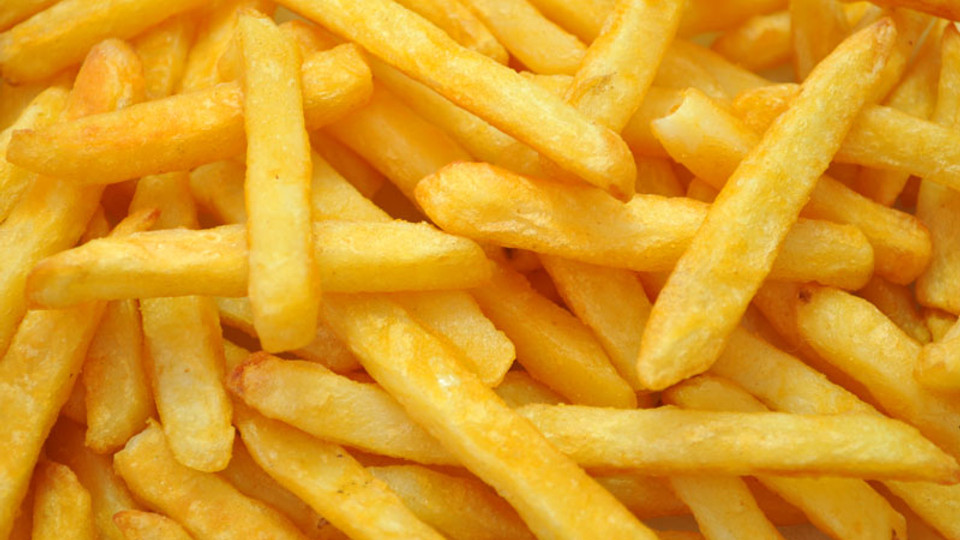
We know getting enough protein is important for muscle building, weight management and satiety. There’s a lot of talk about healthy fats right now. What about carbohydrates? Should we be having a little, a lot or none at all?
Carbohydrates are used as a readily-available energy source. Your brain and red blood cells needs at least 130 grams of carbohydrates per day to get enough fuel to function. However, some low-carb diets recommend going as low as 20g-50g of carbohydrates per day. Is that safe?
1. No-carb is unrealistic
Carbohydrates are in wholegrains, fruit, vegetables, dairy, legumes and beans. Yes, even lettuce and mushrooms have carbohydrates (very little but it’s still there). There’s no denying that plant foods are essential for good health and protect us against cancer, heart disease and gastrointestinal diseases. It’s important to remember that carbohydrate-containing foods come with other important vitamins, minerals and fibre needed for optimal health.
A common misconception is that sugar-free is carbohydrate-free. Most products that are labelled “sugar-free” have replaced added sugars with alternative sweeteners. This may reduce the total carbohydrate of the product but it often still contain carbohydrates.

Okay, so now you know you need some carbohydrates. How low should you go?
2. What counts as low-carbohydrates?
There is wide variation in what is considered a low carbohydrate diet.
Different type of diets that fall under the high carbohydrate range include the recommendation within the Australian Dietary Guidelines (45-60% of total daily energy intake from carbohydrates), Mediterranean style diets (50% carbohydrates) and the DASH diet (55% carbohydrates).
| Type of Carbohydrates Diet | Daily Carbohydrate Intake (Based on 2000kcal diet) |
|
|---|---|---|
| Very Low Carbohydrate Ketogenic diet | Under 10% of total daily energy intake | <50g |
| Low Carbohydrate diet | Under 26% of total daily energy intake | 50-130g |
| Moderate carbohydrate diet | 26-45% of total daily energy intake | 130-225g |
| High carbohydrate diet | Above 45% of total daily energy intake | >225g |
Table 1. Classification of diets by carbohydrate percentage of total daily energy intake.¹
3. Are there health or weight loss benefits to going low-carb?
Ditching carbs is often touted as key to weight loss success but how do low carb diets compare to other diets?
Research has consistently shown that low-carb diets (less than 45% carbohydrates), Mediterranean-style diets and low-fat diets are all equally effective in achieving weight loss at the 1 year mark. This meta-analysis also highlighted that these diets were similarly effective at improving blood pressure, cholesterol and lipid profiles. These factors are important in helping protect our heart and reducing our risk of developing cardiovascular disease. However, Mediterranean-style diets did come up on top when it came to controlling blood sugar levels in people with type 2 diabetes.
This goes to show, that the “best diet for you” is the one that you can sustainable create a calorie-restriction with. It doesn’t have to be all or nothing. You can go lower carb
It’s important to note that low-carb diets can Similarly, research comparing popular diets (Weight Watchers, Atkins, South Beach and Zone) all resulted in similar weight loss after 1 year.
4. Pros and Cons of Very Low-carb (Ketogenic) diets
✅ Pros:
- Rapid initial weight loss
As your body uses up your glycogen stores (how your body stores carbohydrates) and you don’t replenish it fully with more carbohydrates, your scale weight will drop rapidly in the first few days. That’s because carbohydrates are stored with water in the body, so the initial weight loss is mainly water weight. Although it isn’t actual fat loss yet, you might find this more motivating and it may help you to stay consistent and form healthy habits which lead to fat loss. By ramping up your initial efforts to eat healthy and be physically active, you get past the difficult stage of implementing new changes and before you know it, and slip smoothly into a new routine. - Less refined carbohydrates and more plant protein
Limiting total carbohydrates often results in less intake of refined carbohydrates that are less nutritious and often very energy-dense. It can also lead some individuals to consume more heart-healthy, plant-based protein such as tofu, tempeh, nuts and seeds. - Lower-carb may be useful for certain medical conditions
The traditional ketogenic diet is high in fat and protein, often containing between 20-50 grams of carbohydrates per day. A keto diet was originally designed to reduce seizures in children with epilepsy. It is recognised as a possible treatment option for children with epilepsy in Australia, however, it requires strict medical supervision by a dietitian, neurologist and/or epilepsy nurse. Modified Atkins diet and low glycaemic index diets are also dietary options available for epilepsy, which are less restrictive.
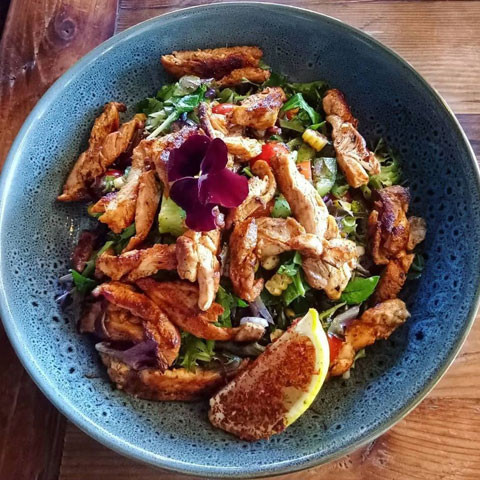
❌ Cons:
- Low-carbohydrate diets are often unhealthy
They often cut out or have very limited amounts of fruit, wholegrains and vegetables. These foods are filled with important antioxidants and micronutrients we need including calcium, magnesium, thiamine, potassium, folate, vitamins A, E and B6. Limiting variety of food can lead to micronutrient deficiencies. Low-carbohydrate diets often contain high amounts of saturated fat (unhealthy fats that contribute to heart disease). Foods high in saturated fat include fatty parts of red meat, skin on chicken, butter, coconut oil and cream, processed meat (sausages, bacon, chicken), palm oil and pastries.

- Low fibre and Poor gut health
Low-carb diets tend to be low in fibre because they limit fruit, starchy vegetables, wholegrains, legumes and beans. Fibre helps keep your digestive system healthy, gets you moving to the bathroom regularly and can help with stabilising glucose and cholesterol levels. Higher fibre diets also lowers your risk of developing coronary heart disease, diabetes and bowel cancer. - Weight loss slows down and weight regain can occur
After that rapid weight loss phase where many people may lose 2-3kg of water weight in a few days, weight loss slows down. When glycogen stores are replenished after coming off a low- carbohydrate diet, the water weight comes back on. At the end of the day, these changes are not fat loss and will not affect your body composition. - Poorer training performance and endurance
Our bodies are most efficient at using carbohydrates for fuel. If you are someone who takes your training seriously, not eating enough carbohydrates can cause your performance to plummet. Decreasing in performance on a low-carb diet is more obvious at high intensities but is often sill noticeable when going for a slow jog, a leisurely swim or easy bike. - Side effects! Oh boy, it’s a long list!
You’ve probably heard of the keto flu that lasts 1-4 weeks as your body adapts to lower carbohydrates. The short-term side effects include constipation, diarrhea, abdominal cramps, reflux, headaches, nausea, dizziness, irritability, fatigue, bad breath (from the ketones). The long-term side effects include lower bone density, irregular periods, difficulty sleeping and cardiovascular complications. - Sustainability, Social events and Yo-yo dieting
The way you eat shouldn’t stop you from living a life you love. Most of us would struggle to fit in home-made goods gifted by a close friend, dessert on a date night, a spontaneous soft-serve on a hot summer’s day or Friday pizza night if we were on a low-carb diet. On the other hand, very high carbohydrate, low-fat diets can be equally restrictive, leaving little room for tasty condiments, dressings and can even restrict healthy fats in oily fish, avocado, nuts and seeds. There is a middle ground where we can strive towards our health and fitness goals while we still include all food groups, enjoy food and we don’t feel the need to jump from one diet to the next.
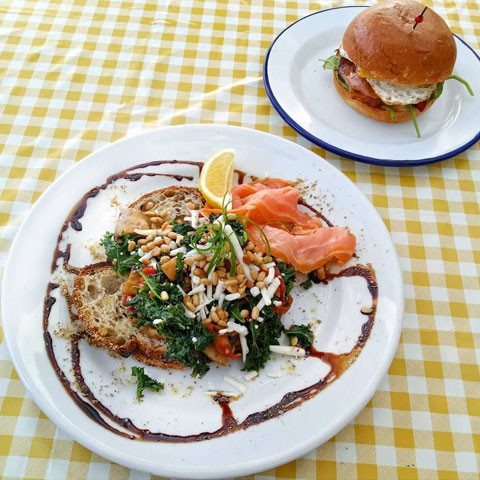
My Overall Thoughts
Cutting out carbohydrates (or any food group for that matter) doesn’t automatically equal health or weight loss.
High-quality carbohydrates (wholegrains, legumes, beans, fruit, starchy vegetables) are important part of a healthy diet and lifestyle. Replacing these nutrient-dense and carbohydrate-rich foods solely with foods high in saturated can lead to health complications. Carbohydrates are also help fuel athletic performance and recovery. It doesn’t have to be an all or nothing approach. You may find benefits in reducing carbohydrates without eliminating them or heavily restricting them. Instead of low-carb, aiming for “lower-carb”, around 35-40% of daily dietary energy intake is a more sustainable approach that will likely result in less side-effects. You can always adjust as you go.
At the end of the day, it’s up to you to decide what is safe, sustainable and feels the best for you. Do you feel slow and sluggish or energised and ready to tackle the day on a low-carb diet?
